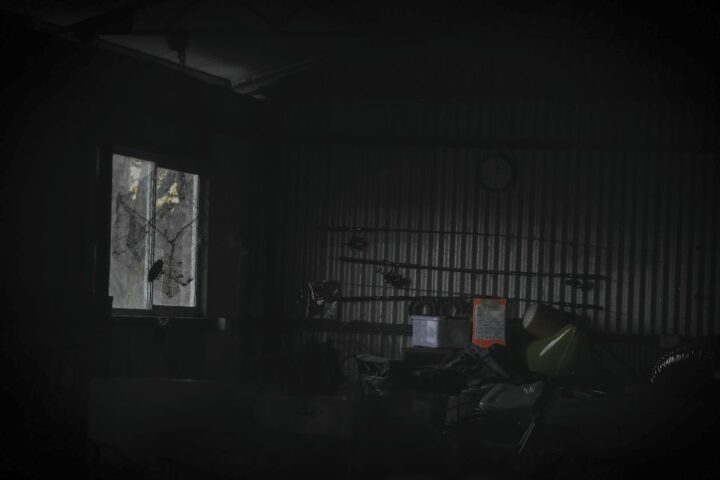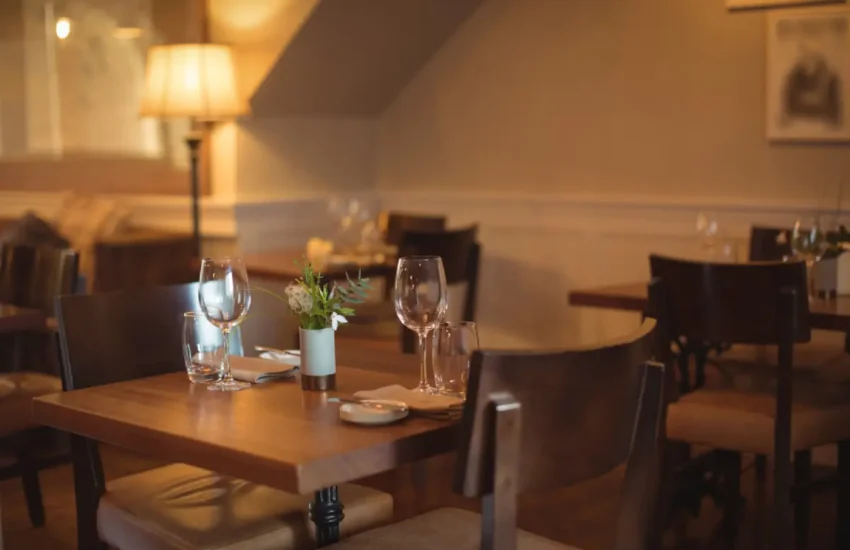What to Consider When Buying a Shed: Expert Tips
Ready to buy a shed but not sure where to start? Don’t worry—you’re not alone! Buying a shed can feel overwhelming with all the choices out there, but with the right information, you can find one that fits your needs perfectly.
Whether you’re looking for extra storage, a workshop space, or even a backyard hideaway, the right shed will make a world of difference. Let’s walk through some key factors you should consider before making your purchase, so you end up with a shed you’ll love for years to come.

1. Determine the Shed’s Purpose
The first thing you need to ask yourself when buying a shed is: What will I be using this shed for? This may sound obvious, but understanding its primary purpose will help guide many of your decisions. After all, you want to make sure that the shed you choose is perfect for your needs specifically.
Common Shed Uses:
- Storage: Will you be using it mainly for storing garden tools, bikes, or holiday decorations?
- Workshop: Are you looking for a place to work on hobbies or DIY projects?
- Backyard Office: Remote work has many people turning sheds into creative office spaces.
- Playhouse or Retreat: Some use sheds as outdoor hangouts, mini gyms, or cozy retreats.
Knowing the purpose will help you determine the right size, layout, and even the best materials for your new shed.
2. Choose the Right Size
Once you know what your shed will be used for, it’s time to think about the size. Buying a shed that’s too small will leave you wishing for more space, while one that’s too large could take over your backyard.
Things to Consider:
- Current needs: Make sure the shed can hold everything you plan to store or do in it right now.
- Future plans: If you think you’ll accumulate more stuff (let’s be real, we all do), it might be worth going a bit larger to allow for future growth.
- Yard space: You don’t want the shed to dominate your entire yard, so consider how much space you want to leave for landscaping, play areas, or entertaining.
A helpful tip is to lay out your ideal shed dimensions using stakes and string to visualize how it will fit in your yard.
3. Consider Materials and Durability
Not all sheds are created equal when it comes to materials, and this can have a big impact on how long your shed lasts and how much maintenance it will require.
Popular Shed Materials:
- Wood: A classic choice that blends beautifully into most yards, wooden sheds are sturdy but require regular maintenance like painting or sealing to prevent rot and pests.
- Metal: Metal sheds are durable and low-maintenance, making them ideal for long-term storage. However, they may not offer the same aesthetic appeal as wood.
- Plastic/Vinyl: Lightweight, low-maintenance, and resistant to rot, plastic sheds are great for those who want a hassle-free option. They’re also quick to assemble but might lack the durability of wood or metal in extreme weather.
Consider your climate, the amount of time you’re willing to spend on upkeep, and how the shed will look in your yard when choosing your materials.
4. Ventilation and Lighting Are Key
If you’re going to spend any time in your shed—whether working, organizing, or even just grabbing a tool—proper ventilation and lighting are essential. Without ventilation, sheds can become stuffy, leading to problems like mold or overheating.
What to Look For:
- Windows: Natural light can make a huge difference inside your shed. Look for models with windows, or consider adding some yourself.
- Vents: Vents help regulate the temperature and airflow, keeping things cooler in the summer and preventing moisture buildup year-round.
- Electricity: If you’re using your shed as a workshop or office, think about how you’ll power tools or devices. Many sheds can be fitted with electricity, or you can use solar power for a greener option.
5. The Shed’s Foundation Matters
Don’t overlook what’s underneath your shed! A proper foundation is crucial to ensuring that your shed stays level, dry, and protected from the elements. Plus, it helps with long-term durability.
Foundation Options:
- Concrete slab: The most durable option, concrete slabs provide a sturdy base but may require professional installation.
- Gravel base: A more DIY-friendly option, gravel helps with drainage and is great for keeping moisture out of your shed.
- Pavers: These are easy to install and allow for good drainage, though they may not be as sturdy as concrete.
Make sure you choose a foundation that suits your budget and is appropriate for your climate and yard conditions.
6. Security Shouldn’t Be an Afterthought
It’s easy to forget about security when buying a shed, but if you’re storing valuable items like tools, bikes, or lawn equipment, it’s worth considering. A strong lock and secure windows can go a long way in keeping your belongings safe.
Security Tips:
- Install a sturdy lock: Make sure the shed door is fitted with a reliable lock. You can even upgrade to a heavy-duty padlock for extra security.
- Reinforce windows: If your shed has windows, consider adding locks or bars to prevent break-ins.
- Lighting: Motion-sensor lights outside your shed can deter would-be thieves.
Peace of mind is priceless, so it’s worth taking these extra steps to secure your shed.
7. Think About Style and Aesthetics
Just because it’s a shed doesn’t mean it has to be boring! Your shed will be a visible part of your yard, so why not choose one that enhances your outdoor space?
Style Considerations:
- Color: Pick a shed color that complements your home or landscaping.
- Roof style: A peaked or gabled roof can add a more traditional look, while a flat roof offers a modern vibe.
- Landscaping: Surrounding your shed with plants, shrubs, or even a small garden can make it feel more integrated into your yard.
Choosing a shed that matches your style and yard’s aesthetic can elevate your outdoor space, making it feel more cohesive.
Time to Pick Your Perfect Shed!
Now that you know what to consider when buying a shed, you’re ready to find the perfect fit. From determining its purpose and size to picking the right materials and adding those all-important finishing touches like ventilation and security, there are plenty of ways to make sure your new shed meets all your needs.


